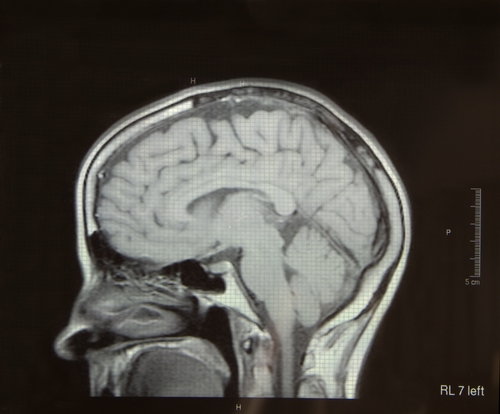Eliminating instances of repeated scans is one of the main goals for radiologists who want to improve their clinical services. Not only would it reduce expenses, but also protect patients from the threat of radiation overexposure.
AuntMinnie.com reported that radiologists at Massachusetts General Hospital adopted clinical decision-support software to ease follow-up imaging recommendations. Led by Sanjay Saini, M.D., professor of radiology at Harvard Medical School, the facility's experience was presented during the recent 2014 International Symposium on Multidetector-Row CT in San Francisco, California.
"It is overall a time-saver for the radiologist, but most importantly, it is an anxiety-saver because I really do not have to think very hard, particularly at the end of the day, if what I am recommending is appropriate or not," said Saini, quoted by the news source.
Radiologists often make follow-up recommendations for additional imaging, and the frequency of these instances has increased. An MGH study from 2009 found that the number of patients who received recommendations had tripled over a 15-year period. Sometimes, bringing an individual back to the hospital for further procedures is unnecessary and leads to higher costs for patients and radiologists alike.
The supporting software developed by MGH was accessible through an icon on a radiologist's PACS dashboard and utilized existing speech recognition programs at the facility's workstations. After opening the program, the providers would enter clinical information regarding nodule history, morphology and size trend. The data was then automatically entered into the radiology reports of patients, guiding decision-making for radiologists and referring physicians.
Saini and his colleagues found that the support tool increased concordance to department guidelines from 45 percent to 96 percent. It also relieved patient anxiety by helping doctors deliver clear diagnostics during the initial exams, rather than calling patients back for more invasive scans.
Reads of outside scans reduces repeats
A new study, published in the July issue of the American Journal of Roentgenology, showed that a formal report for outside images not only provides a second opinion on results, but leads to reduced chances of redundant imaging.
Led by Michael Lu, M.D., from the University of California-San Francisco, researchers reviewed cases where patients had an outside abdominal CT imported to the radiologists' PACS between Jan. 1, 2006, and Dec. 31, 2011. The database included more than 10,000 patients, with 3,719 having received a formal report on their scans.
Lu and his colleagues found that individuals whose images got a formal report were 32 percent less likely to undergo repeated imaging. Their results indicate that reviews of outside images could serve to slash the rate of unnecessary scans after patients transfer to different facilities.
"Further studies are necessary to establish the cost-effectiveness of formal reports for outside imaging. Cost-effectiveness analyses should incorporate the cost and radiation dose savings from reduced repeat imaging, the cost of interpretation, reduced delay to treatment, and changes in diagnosis and management," wrote the authors, quoted by HealthImaging.
With more in-depth research, radiologists can continue to find ways to produce meaningful clinical data without sacrificing image quality or overspending on procedures.
Contact Viztek for more information.
Ronny Bachrach
Latest posts by Ronny Bachrach (see all)
- Konica Minolta Debuts First-of-Its-Kind Digital U-Arm System at AHRA - July 27, 2016
- Researchers Detect Signs Of Stroke Risk Using MRI - June 27, 2016
- Imaging Biz: Q&A with David S. Channin MD: How to Make PACS Patient Centered - June 22, 2016










